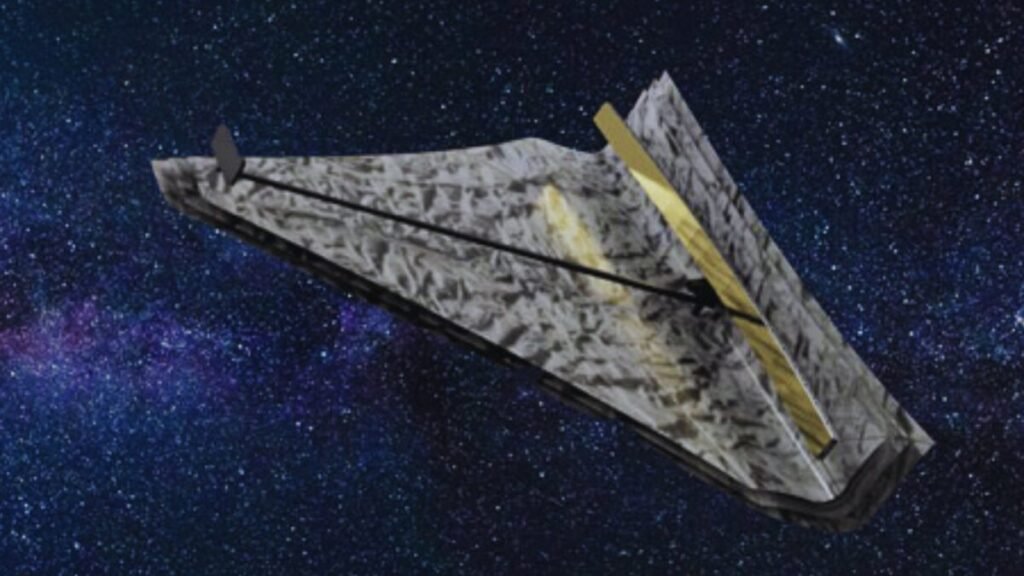The search for another Earth was just a matter of time: A rectangular telescope claims it can fast forward that future

Finding a twin planet to Earth has been one of the biggest challenges for scientists for years. The logic seemed simple: bigger telescopes would bring us closer to that goal. However, a new proposal is shaking things up in the search for habitable worlds. Their idea? A rectangular telescope that, surprisingly enough, could help us discover Earth-like planets in a remarkably short time.
The challenge of distinguishing planets from stars
Observing an exoplanet is not as easy as pointing a telescope. The light from a star completely overshadows its companion, especially when dealing with small planets like Earth. Researchers believe the key lies in working with wavelengths around 10 microns, where worlds with liquid water emit more radiation.
To separate this signal at a distance of 30 light-years, we would need an instrument capable of capturing light over a span of at least 20 meters. The problem is that even the James Webb Space Telescope, the largest and most complex to date, only has a diameter of 6.5 meters.
The proposal: a rectangular mirror in orbit
Enter the radical alternative: a rectangular mirror measuring 1 x 20 meters. This design would allow us to distinguish the light from an Earth-like planet from that of its host star in the direction of the long axis.
Furthermore, the telescope could rotate to cover different orbital orientations, expanding its detection capabilities. Inspired by previous concepts like the DICER project, this design maintains a clear premise.
A future closer than expected
According to calculations by NASA and the European Space Agency, this telescope could find half of the Earth-like planets orbiting Sun-like stars within a radius of 30 light-years. And it could do so in less than three years of observations.
While not without technical challenges, this proposal does not require impossible developments. Compared to ideas that rely on nonexistent technologies, this design offers a middle ground: ambitious, yet feasible. If successful, it could advance the answer to the age-old question that has plagued humanity:




